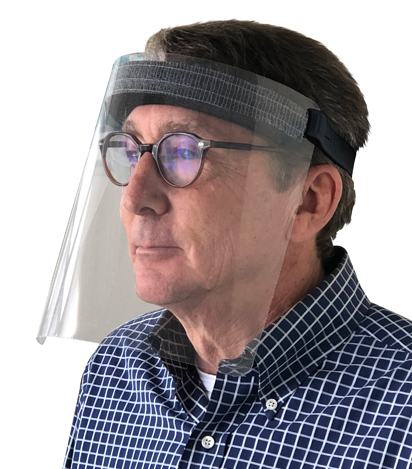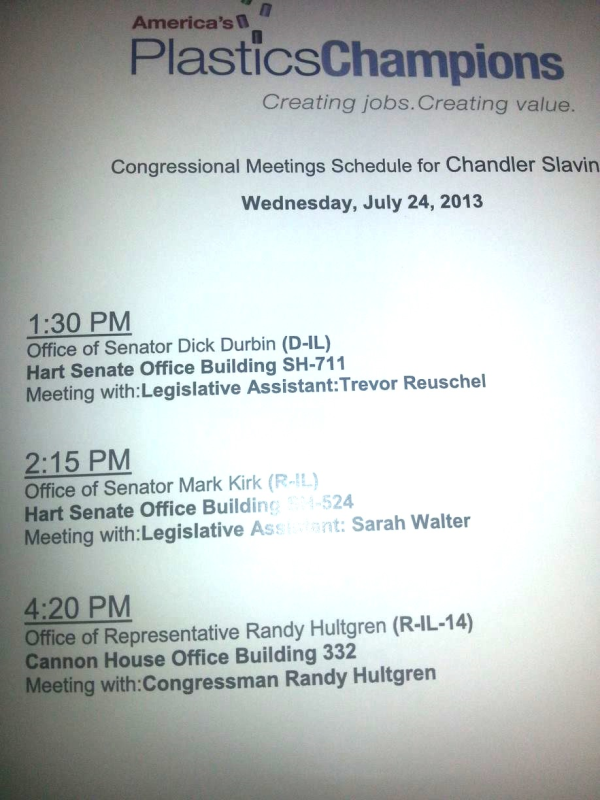Chicago, IL --March 30, 2020-- Custom thermoforming company, Dordan Manufacturing, to manufacture plastic face shields for healthcare personnel nationwide to help combat the spread of COVID-19. Collaborating with four other Chicagoland manufactures, Dordan begins production of face shield lenses early April and anticipates providing 500K/month.
Dordan is also now offering the fully assembled face shields to retailers, healthcare supply chains, and others working to combat the spread of Coronavirus.



